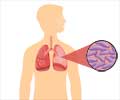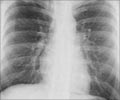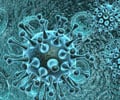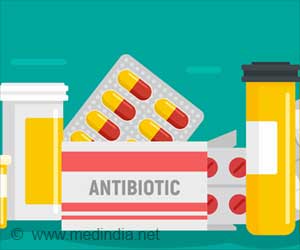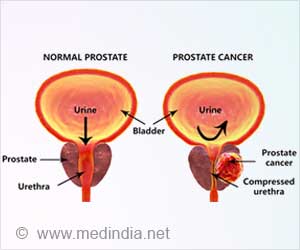- A naturally occurring antibiotic called kanglemycin A that may help fight against drug-resistant tuberculosis has been identified
- Tuberculosis (TB) is caused by a bacteria called Mycobacterium tuberculosis
- Recently, the bacteria have become increasingly resistant to anti-TB drugs including first-line drugs like rifampicin
- The drug resistance has made treatment of TB even more challenging.
- Identifying new compounds like kanglemycin A that can overcome resistance is incredibly important for public health
There are approximately 600,000 people every year who are diagnosed with rifampicin-resistant tuberculosis. So the present discovery of a naturally occurring antibiotic, called kanglemycin A - related to the antibiotic rifampicin – that is active against rifampicin-resistant Mycobacterium tuberculosis is definitely a significant one.
Hopefully, this compound and the enhanced understanding gained from these studies may lead to effective new drug treatments in the future.
The findings of their study have been published in the journal Molecular Cell.
Mechanism of Kanglemycin A
Rifampicin acts by binding to a groove of an enzyme known as RNA polymerase (ribonucleic acid polymerase) on the bacteria. RNA polymerase is the enzyme that synthesizes RNA, a molecule essential in various biological roles like coding, decoding, regulation, and expression of genes. If any mutations or changes occur in the amino-acid sequence of the RNA polymerase, the binding is prevented, while the making of RNA goes on.The structure of Kanglemycin A is such that it binds to the same groove and also just outside the groove with the help of some extensions. This kind of attachment allows it to maintain its affinity or liking to the rifampicin-resistant RNA polymerase and antibiotic activity in rifampicin-resistant bacteria.
Study
The research team screened more than 2,000 extracts from filamentous soil bacteria to find out if they could inhibit cell growth or prevent the production of RNA.Kanglemycin A proved to be effective against rifampicin-resistant RNA polymerases and also managed to kill rifampicin-resistant Mycobacterium tuberculosis.
X-ray crystallography was used to characterize the interactions of kanglemycin A with RNA polymerase.
The results from this study will help to accelerate approval of kanglemycin A for use in patients with TB, after its safety and efficacy have been proved in the clinic. Kanglemycin A’s approval will provide a rationale for the further development of new antibiotics to combat drug-resistant Mycobacterium tuberculosis.
Reference:
Hamed Mosaei, Vadim Molodtsov, Bernhard Kepplinger, John Harbottle, Christopher William Moon, Rose Elizabeth Jeeves, Lucia Ceccaroni, Yeonoh Shin, Stephanie Morton-Laing, Emma Claire Louise Marrs, Corinne Wills, William Clegg, Yulia Yuzenkova, John David Perry, Joanna Bacon, Jeff Errington, Nicholas Edward Ellis, Allenby, Michael JohnHall, NikolayZenkin, "Mode of Action of Kanglemycin A, an Ansamycin Natural Product that Is Active against Rifampicin-Resistant Mycobacterium tuberculosis" Molecular Cell (2018) https://doi.org/10.1016/j.molcel.2018.08.028
Source-Medindia


